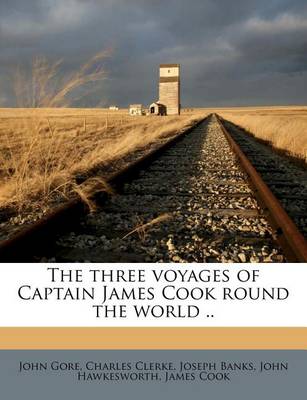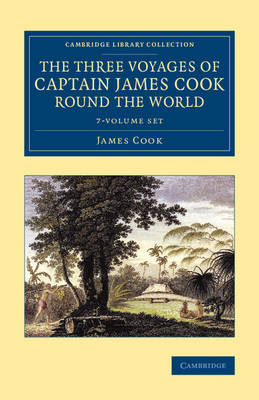Cambridge Library Collection - Maritime Exploration
3 primary works • 8 total works
Volume 1
The Three Voyages of Captain James Cook Round the World ..
by John Gore, Charles Clerke, and Sir Joseph Banks
Volume 3
The Three Voyages of Captain James Cook round the World
by James Cook and George Forster
Volume 7
The Three Voyages of Captain James Cook round the World 7 Volume Set
by James Cook, Sir Joseph Banks, John Hawkesworth, George Forster, and James King




